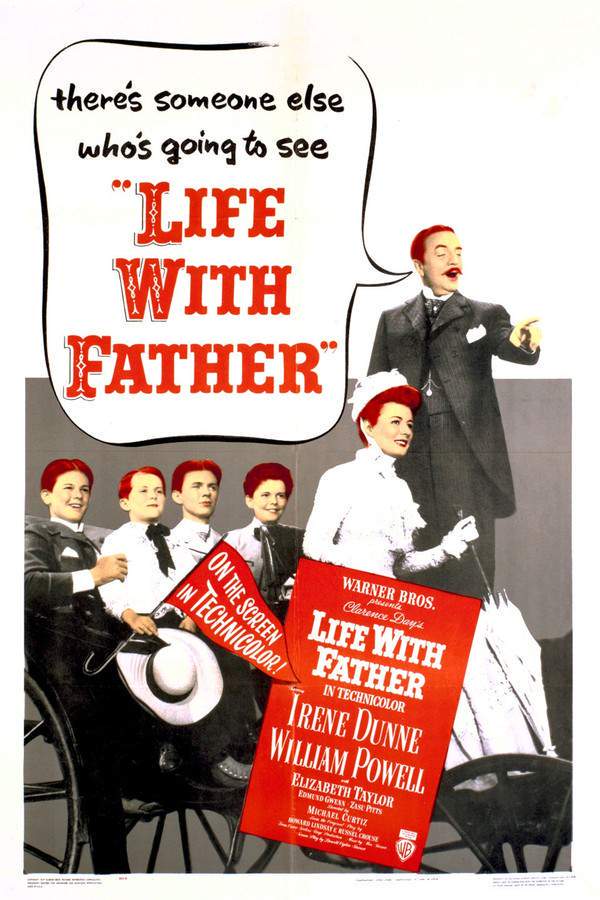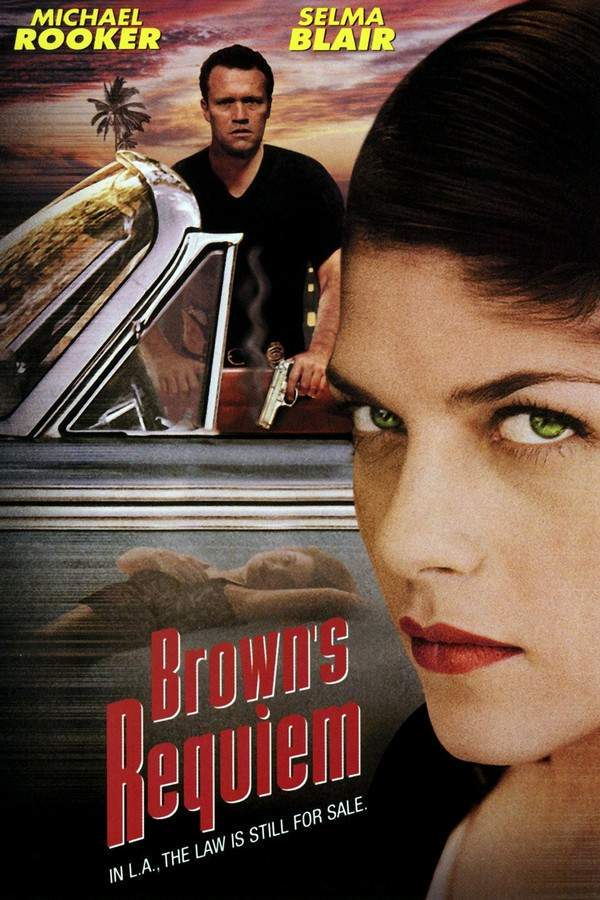
Father Brown
Year: 1954
Runtime: 91 mins
Language: English
Director: Robert Hamer
The mystery unfolds as Father Brown finds himself drowning in chaos and comedy alike, with works of art vanishing under the hand of a master thief who excels at disguise. Determined to crack the open‑and‑shut Guinness case, he pursues the culprit while also striving to redeem his own soul.
Warning: spoilers below!
Haven’t seen Father Brown yet? This summary contains major spoilers. Bookmark the page, watch the movie, and come back for the full breakdown. If you're ready, scroll on and relive the story!
Father Brown (1954) – Full Plot Summary & Ending Explained
Read the complete plot breakdown of Father Brown (1954), including all key story events, major twists, and the ending explained in detail. Discover what really happened—and what it all means.
Night falls as a police raid hits a quiet premises and uncovers a priest standing by an open safe; he explains he is replacing money for a parishioner. He is arrested and put in the cells, but released when the bishop confirms who he is. Outside, Bert, Sid James, the erring parishioner, is convinced to become a chauffeur for Lady Warren. The uneasy alliance sets the tone for a chase that blends humor with danger.
The mission ahead is grand: Gustave Flambeau, Peter Finch, a rival arch-criminal, is poised to steal a 1,200-year-old priceless crucifix that Brown must safeguard. With that looming threat, Brown travels to Rome, then sails to France, carrying not just a relic but the weight of a vow to protect it. On the voyage, he shares a journey with a priest he has just met, and their path leads them toward Paris, where two observant policemen tail them from a cafe to an excursion bus that soon fills up with a mix of tourists and locals.
In Paris, the pair grab the last two seats on the excursion—an audacious move that leaves the pursuing officers stranded on the street. The bus ride ends in a series of deft improvisations: the two policemen end up riding in the back of a police van with a group of prostitutes, while Brown and his companion press forward toward the catacombs. Inside the ancient tunnels, the chase divides them, and Brown quickly discerns the other priest is Flambeau—evidenced by his Friday ham sandwich order—yet the wily thief overpowers him, steals the cross, and slips away by changing disguises, breezing past the waiting guards at the entrance.
Back on dry land, Brown lures Flambeau into a new trap by turning to an old ally: Lady Warren. Brown convinces her to host a public auction for an important silver chess set, intending that Flambeau will be drawn to the room in disguise as a bidder or porter. Flambeau does indeed appear, but not as a bidder: he plays the role of the porter who exits with the set after the bidding concludes. In a playful moment of misdirection, Flambeau later returns the set to Lady Warren to make a point, and Brown uses a milk-van diversion—removing all the milk to create space as the police arrive—to help them slip away.
Brown continues his detective work in the library, where a broken pair of glasses marks the effort, and discovers a link to Fleurency in Burgundy. He travels there and attends a wine festival where Flambeau is elusive, slipping away once more. The next day, Brown tracks the trail to an old chateau, asking for “the duke.” NotHome is the answer, but Brown finds a way inside by disguising himself as an elderly woman riding a cart of grapes, slipping into the chateau’s inner courtyard.
Inside, the chateau reveals signs of life, though it is ruinous. Brown uncovers a hidden door behind the kitchen fireplace and confronts Flambeau, who displays a priceless art collection and hands Brown the stolen cross. The arrival of the police triggers Flambeau’s frantic escape through a window, and the recovered artworks are taken into custody and later exhibited at the Louvre. The dramatic moment solidifies the case, weaving together relic, ruse, and art.
Returning to England, Brown delivers a quiet sermon on the Prodigal Son, and in a closing, Flambeau takes a seat beside Lady Warren, hinting at a shared history and the continuing interplay between pursuit and cunning. The film closes with a balance of moral reflection and sly humor, rooted in a carefully plotted cat-and-mouse voyage across borders, led by the steady, observant mind of Father Brown.
Last Updated: October 09, 2025 at 14:10
Unlock the Full Story of Father Brown
Don't stop at just watching — explore Father Brown in full detail. From the complete plot summary and scene-by-scene timeline to character breakdowns, thematic analysis, and a deep dive into the ending — every page helps you truly understand what Father Brown is all about. Plus, discover what's next after the movie.
Father Brown Timeline
Track the full timeline of Father Brown with every major event arranged chronologically. Perfect for decoding non-linear storytelling, flashbacks, or parallel narratives with a clear scene-by-scene breakdown.

Similar Movies to Father Brown
Discover movies like Father Brown that share similar genres, themes, and storytelling elements. Whether you’re drawn to the atmosphere, character arcs, or plot structure, these curated recommendations will help you explore more films you’ll love.
Explore More About Movie Father Brown
Father Brown (1954) Scene-by-Scene Movie Timeline
Father Brown (1954) Movie Characters, Themes & Settings
Father Brown (1954) Spoiler-Free Summary & Key Flow
Movies Like Father Brown – Similar Titles You’ll Enjoy
Life with Father (1947) Full Movie Breakdown
Brown's Requiem (2000) Detailed Story Recap
Father Hope (2005) Complete Plot Breakdown
The Crucifer of Blood (1991) Movie Recap & Themes
Inspector Hornleigh (1939) Story Summary & Characters
Fellowship of the Frog (1959) Plot Summary & Ending Explained
The Bishop Misbehaves (1935) Full Movie Breakdown
Crime Is Our Business (2008) Full Movie Breakdown
Sherlock Holmes Faces Death (1943) Movie Recap & Themes
Father’s Doing Fine (1952) Plot Summary & Ending Explained
Meet Simon Cherry (1949) Film Overview & Timeline
Confession (1955) Ending Explained & Film Insights
The Adventures of Sherlock Holmes (1939) Complete Plot Breakdown
Agatha Christie’s The Pale Horse (1997) Full Summary & Key Details
Who’s Yer Father? (2023) Detailed Story Recap

















